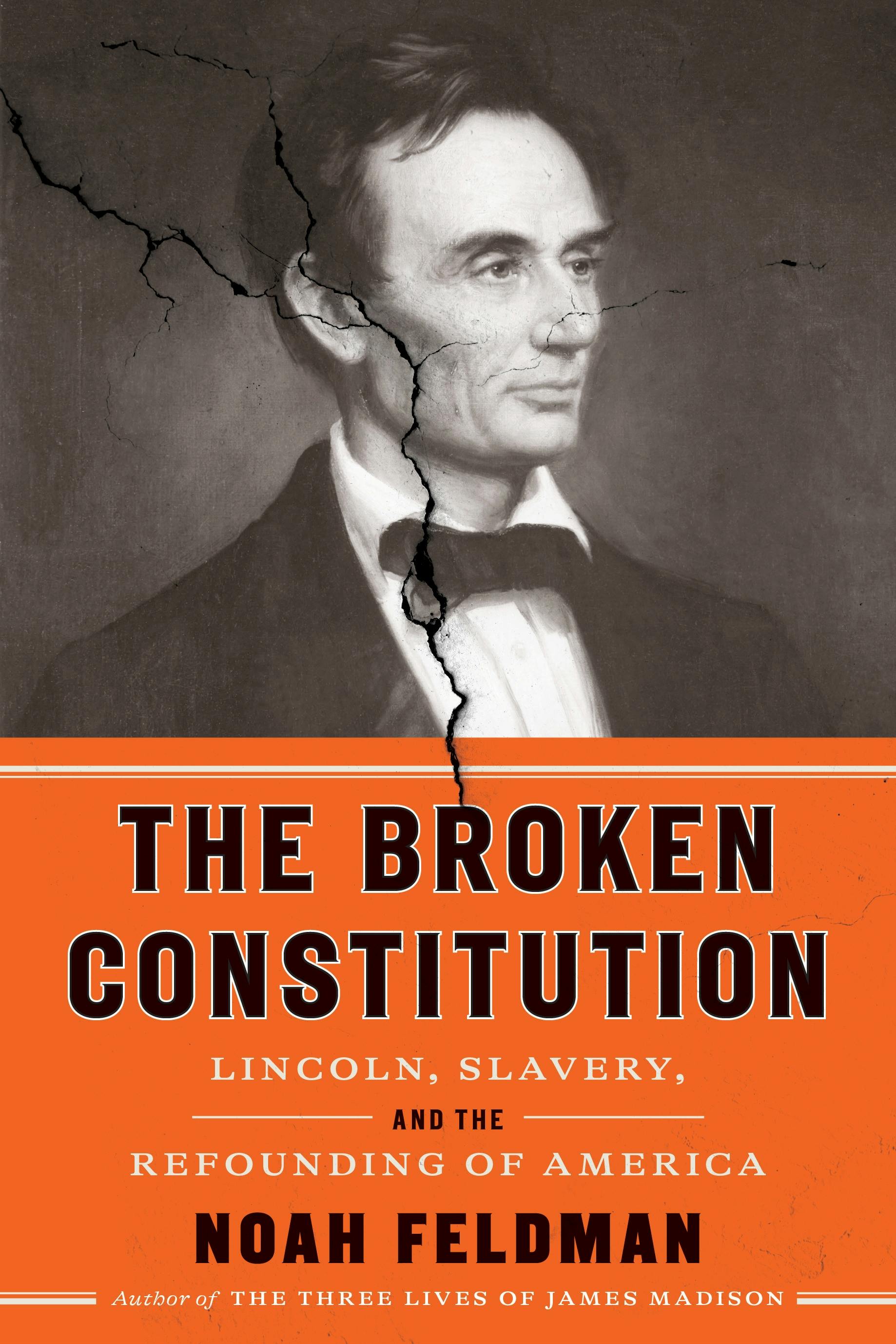In early 1862 Congress made it a crime for anyone in the Union Army or Navy to participate in the capture or return of fugitives. Shortly thereafter it abolished slavery in Washington, D.C., banned slavery from the western territories, and required West Virginia to abolish slavery as a condition for admission to the Union. Lincoln meanwhile refused to stay the first execution of an American slave trader sentenced to death. His secretary of state, William Seward, also negotiated a treaty, ratified by Congress, that would lead in a few years to the final suppression of the Atlantic slave trade. Viewed in light of these policies adopted early in the war, the Emancipation Proclamation appears as the climax in a series of increasingly radical attacks on slavery.
For some historians, it was the escaping slaves whose swelling numbers forced the radicalization of federal antislavery policy. Others cite the indispensable involvement of the Union Army. And still others, myself included, trace changes in policy back to their origins in the antislavery movement. These interpretations are not mutually exclusive, and there is widespread agreement that the ever more aggressive attacks on slavery led to Lincoln’s proclamation of January 1, 1863. At that point, the historian Allan Nevins wrote years ago, war became revolution.
This is the familiar narrative arc that Feldman seeks to replace by relocating the much-needed Thirteenth Amendment to the end of a succession of constitutional violations. He does not doubt that the war became an antislavery revolution, but he doubts that this had much to do with escaping slaves, the behavior of the Union Army, or the longer history of antislavery politics. The progression from the earliest decision not to return fugitives to the Emancipation Proclamation was hardly inevitable, he notes, nor was it even legally or logically necessary. In a sense, of course, he’s correct. History doesn’t proceed according to legal or logical necessity. But neither was there any legal or logical necessity, much less inevitability, in the progression Feldman describes, from coercing seceded states back into the Union to issuing the Emancipation Proclamation.
Yet Feldman does appear to believe that once Lincoln made the fateful decision to abandon constitutional restraint by issuing his illegal proclamation, the path was cleared for the amendment that would replace the proslavery provisions of the Founders’ Constitution. To make his case, however, he must discount much more than the history of accelerating antislavery policy during the Civil War. He must expunge the entire record of antislavery constitutionalism stretching back to the founding era.
